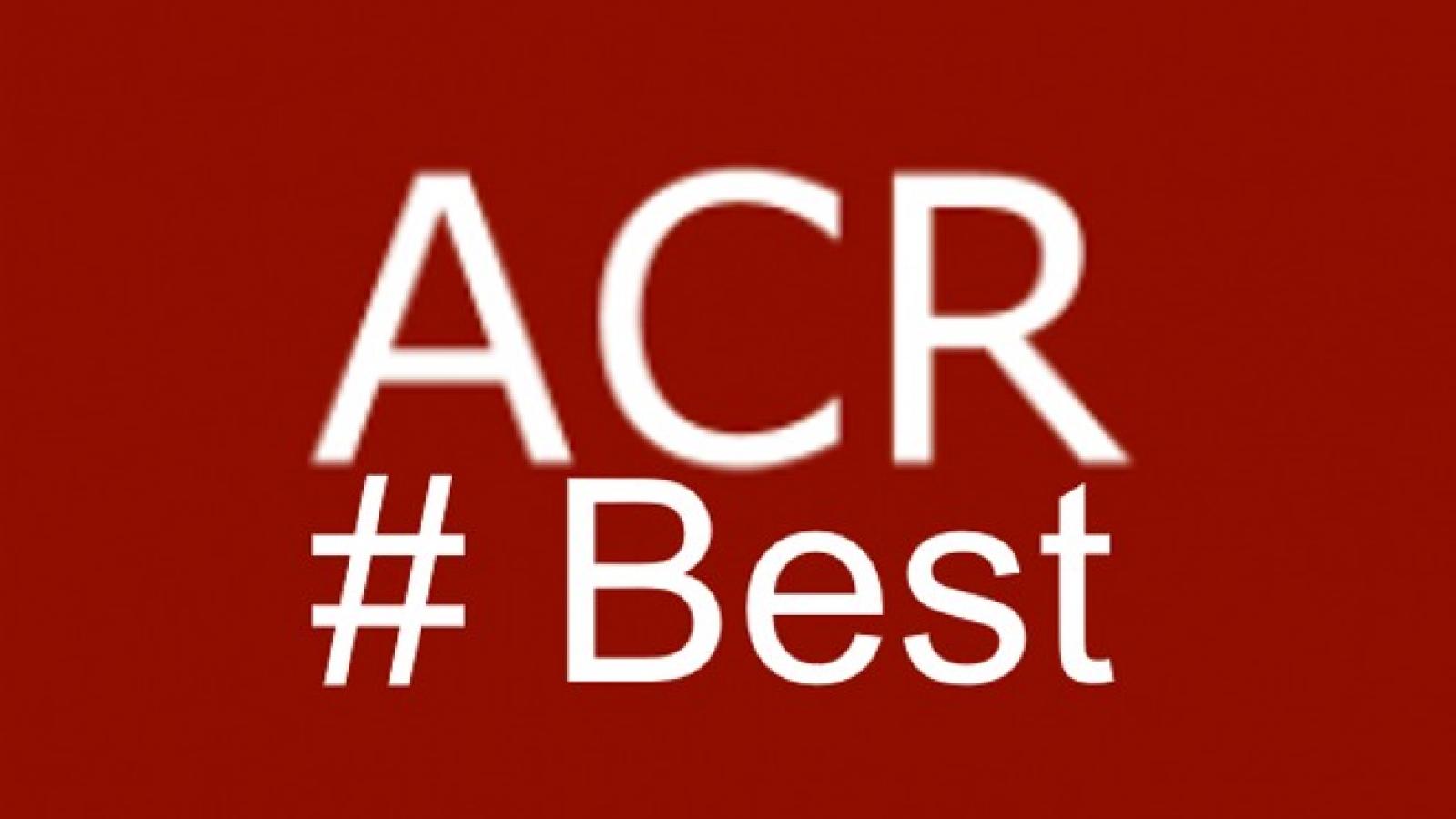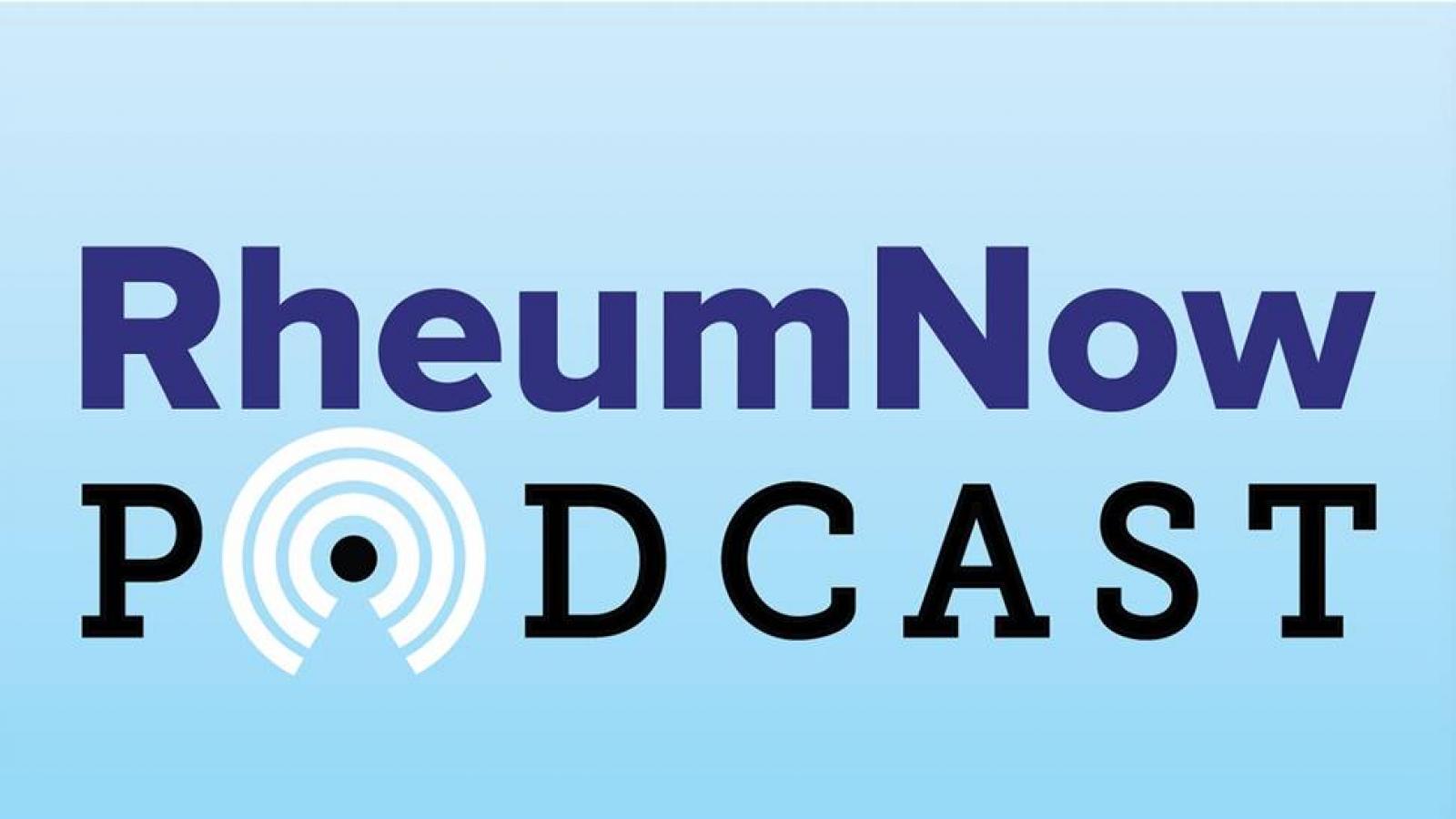JAK/TYK2
Drs. Jack Cush and Arthur Kavanaugh discuss highlights and key takeaways from ACR 23.
We have known about the VEXAS (vacuoles, E1 enzyme, X-linked, autoinflammatory, somatic) syndrome for nearly 3 years, but there has been relatively little to say about how to treat it. To date there have been over twice as many publications about VEXAS (263 publications) as there have been patients described with respect to treatment strategies (116 patients). One of the late breaking abstracts may finally have rectified this imbalance.
The RheumNow faculty reporters have been scouring the meeting for what they believe to be the best presentations from the first day at ACR 2023 in San Diego. From hundreds of online presentations, the poster floor and the plenary podium, here are some of the best abstracts from Sunday Nov. 12th. You can spot these on Twitter by looking for the (#ACRbest) hashtag.
Several abstracts have studied the mechanism of action of JAK inhibitors (JAKi) in various diseases. JAKi alter many other mediators affected by the JAK STAT pathway. For instance, T cell signature in blood that is proliferative was associated with a response in RA.
For over 70 years, glucocorticoids, (GC) have been a part of standard therapy in SLE. They are classically used to not only induce remission or treat an acute flare, but also as maintenance therapy. They are a valuable 'friend' if used wisely, and can become a 'foe' if used excessively.
Dr. Jack Cush reviews the news, journal reports and regulatory approvals from the past week on RheumNow.com.
Study of LATE-onset RA (>65y), shows DMARD initiation is low in LORA; despite current clinical practice guidelines recommending early aggressive Rx. Among 3,373 LORA pts (age77 yrs), only 29% initiated on a DMARD. https://bit.ly/47dT6x6
JAK inhibitors are known to increase the risk of herpes zoster infections between between 3-5 fold. Two recent reports suggest variable efficacy when JAK inhibitor (JAKi) treated patients are vaccinated with the recombinant herpes zoster subunit vaccine (RZV).
Safety risks found in a postmarketing trial with the Janus-associated kinase (JAK) inhibitor tofacitinib (Xeljanz) appear to have influenced prescribing patterns across the class for rheumatoid arthritis (RA) patients in the Veterans Affairs (VA) health system, researchers found.
A JAMA systematic review and meta-analysis has showed the use of JAK inhibitors (JAKi) in immune-mediated inflammatory skin diseases was not associated with increased risk of all-cause mortality, major adverse cardiovascular events (MACE), or venous thromboembolism (VTE) (compared to the placebo or active comparator cohorts).
Despite the official recognition of PMR as a distinct disease more than 60 years ago, patients with PMR are still largely treated with steroids (glucocorticoids, mostly prednisone). The persistent broad use of glucocorticoids in PMR is related to their quick initial efficacy in the majority of patients with PMR, their low price and the lack of alternative treatments and paucity of glucocorticoid-sparing treatments.
JAK inhibitors obviously have dominated a lot of the discussion in our therapeutic landscape over the last couple of years. What about their use in polymyalgia rheumatica? Let's consider.
Dr. Jack Cush discusses the news, journal articles and regulatory actions. This week we discuss JAKne, DLE and SLE and more.






















 Poster Hall
Poster Hall